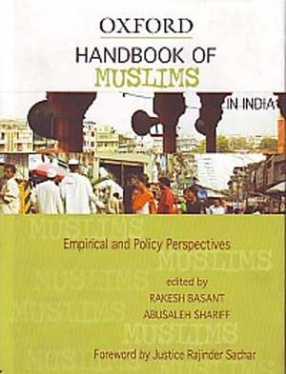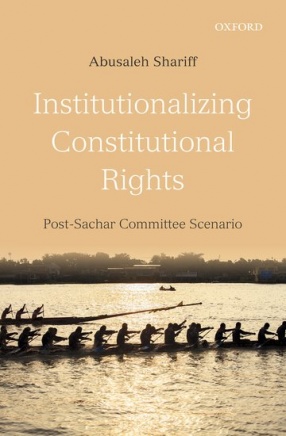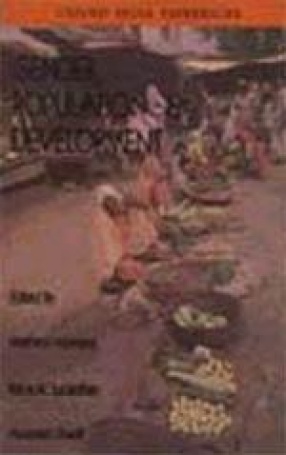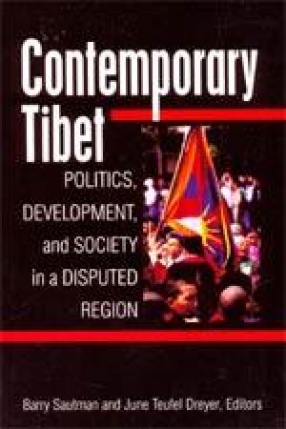This handbook brings together the most recent work on the socio-economic conditions of the Muslim community in India, using and taking forward the debates and policy questions raised by the Sachar Committee Report (2006).
Using detailed empirical data, the handbook provides a comprehensive understanding of:
* The socio-historical context within which one must situate Muslims in India.
* The demographic and educational conditions of Muslims.
* The various dimensions of employment and labour market and
* Policy options to improve the conditions of Muslims in India.
What types of affirmative actions are more desirable? Will more information on Muslims put pressure on policymakers at different levels? What is the role of community specific and general policies/institutions in ameliorating the conditions of a community? Are minority-specific and poverty alleviation policies substitutes? The handbook explores these multifaceted issues, analysing the interplay of security, identity, and equity in the everyday life of Muslims. It highlights the heterogeneity within the community and provides a comparative analysis of Muslims vis a vis other socio-religions groups.
Lucid and wide spanning, the handbook will be invaluable for students and scholars of development economics, sociology, Indian politics, history, and minority studies. It will also be of interest to journalists, policymakers, NGOs, and lay readers.






There are no reviews yet.